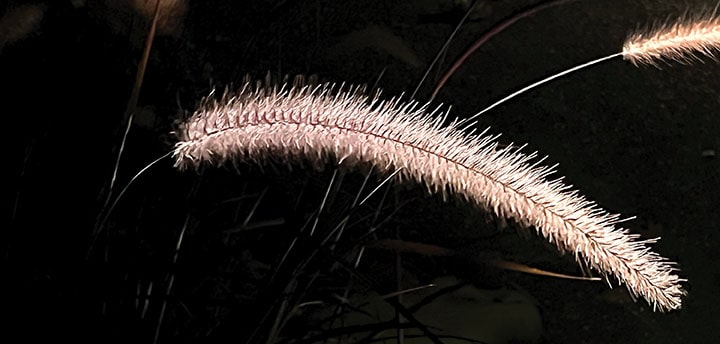Tips for drought-conscious gardening

By Melinda Myers | Special to the COURIER
Being a drought wise gardener doesn’t mean you have to give up the beauty of your garden, but it does mean making some changes in plant selection, garden design and maintenance.
This will involve a few adjustments, but the benefits will be long lasting.
As you watch your water thirsty plants suffer and perhaps die from heat and water restrictions, start thinking about replacements. Current and future water restrictions make now a good time to rethink lawn areas.
Consider converting grassy paths to surfaces like mulch, permeable pavers, and gravel, which don’t require water but allow rainfall to infiltrate the soil below. Replace traditional lawns with more drought tolerant lawn alternatives.
If you still have a lawn, mow it high. Tall grass forms deeper, more drought tolerant roots.
You can also fill voids or transition garden beds to native more drought tolerant plants. Many bloom, support pollinators and have subtle colored foliage and form, adding texture year round. Select those native to drier climates. Mediterranean plants and succulents are good options.
Start making these changes when temps cool off in mid-fall through early winter. New plants have smaller root systems and need additional water to become established, so planting when temperatures fall minimizes the water needed.
As you add new plants or redesign gardens, place plants with similar water needs together. This allows you to adjust irrigation zones and utilize hand watering so you apply only what each area needs.
Give your plants space to show off their beauty. Fewer plants in a garden also means less water needed.
Before placing new plants, take advantage of the opportunity to improve the soil. Mixing in compost and mulch will help it retain water longer, and healthy soil promotes more resilient growth. Mulching also helps suppress weeds and keeps roots cooler during hot weather. Match the mulch to the plants you are growing: succulents prefer decomposed granite or gravel while others thrive with organic mulches like leaves or wood chips.
Water early in the morning to reduce evaporation. Don’t rush to water plants wilting during midday. Wilting and curled leaves help plants reduce water loss. Wait to see if plants revive in the evening or early morning when temperatures are cooler and sunlight less intense. Then, if restrictions allow, water if needed.
Repair and update your irrigation system and invest in drip irrigation or soaker hoses that apply water directly to the soil, reducing evaporation.
Check with your local municipality to see if you are able to install a “laundry to landscape” graywater system. These systems use water from a washing machine to irrigate plantings.
Have your soil tested to find out what type and amount of fertilizer your plants need. You will save money and promote healthier, more drought tolerant growth with proper fertilization. Avoid high nitrogen, fast release fertilizers as they require more water. Consider using a low nitrogen slow release fertilizer that provides small amounts of nutrients over time, promoting balanced, more drought tolerant growth.
Remove weeds as they appear. These unwanted plants compete with your garden for water and nutrients. Some can attract or harbor insects and disease organisms that can attack your garden.
As gardeners, it’s often hard to resist the lure of new, more colorful or unique varieties not suited to our growing conditions. Passing on those water thirsty plants and selecting those suited to our climate will result in a beautiful landscape that uses less water and requires less maintenance.
Melinda Myers is a gardening expert, television and radio host, author, columnist, and speaker. Find out more at melindamyers.com.









0 Comments